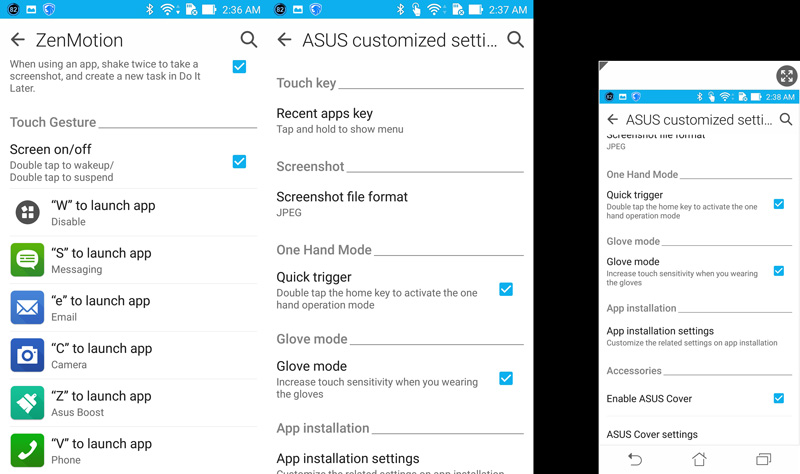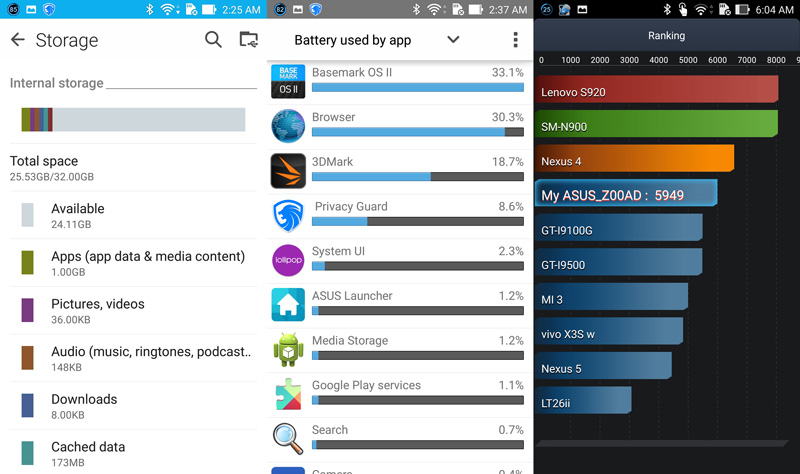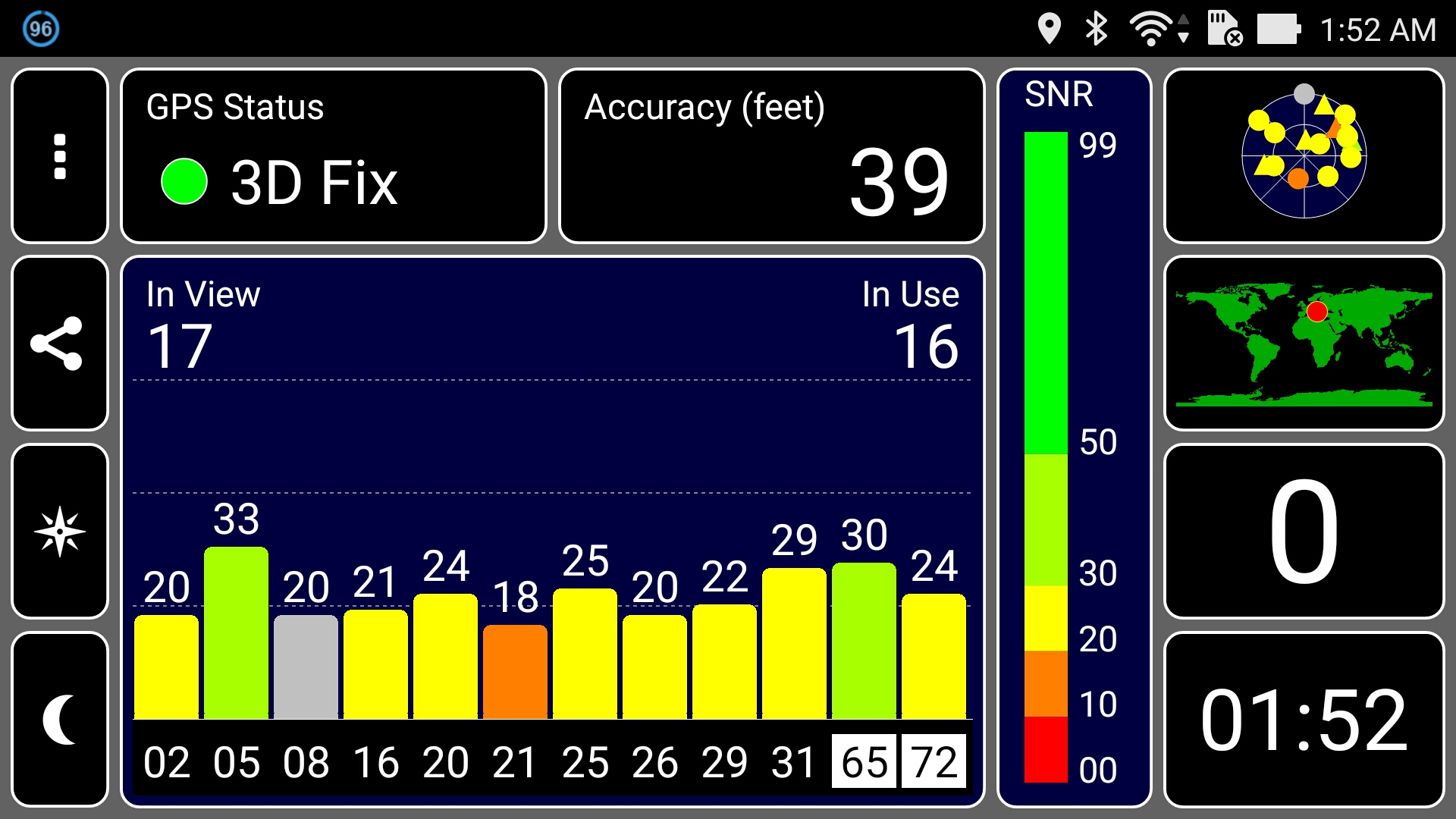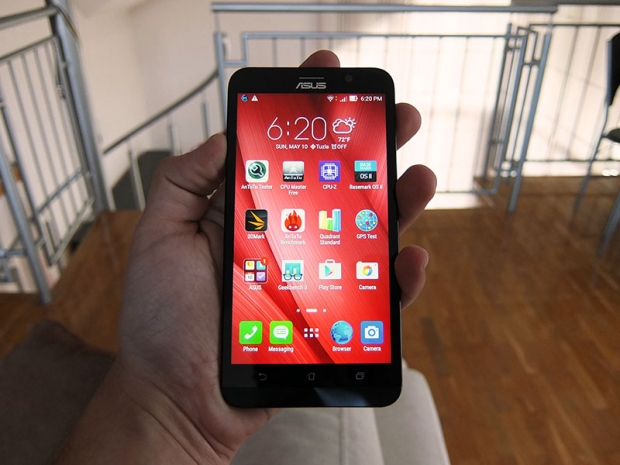Index
OS, UI and Everyday Use
This is the first Asus phone to ship with Android 5.0 out of the box, but we are not looking at stock Android. In fact, the ZenUI skin is not just a launcher with a few tweaks, it’s a big overhaul of Android 5.0, with lots of additional features and bloat.
It’s an evolution of the company’s previous ZenUI incarnations, and while it offers a few nifty features, we think Asus overdid it. The app drawer is still there, you can pinch to zoom and rearrange home panes, toggles and customisation menus are easily accessible, but at the same time ZenUI is too “busy” and features some throwbacks to Android 4.x in terms of appearance.

One of the few things that will let you know you are dealing with an Android 5.0 device is the rolodex style task manager, but that’s about it. The phone supports a number of useful gestures, you can shake it to take screenshots, double tap to lock and unlock, launch the camera or browser by drawing letters on a locked device and so on. There is also a nifty feature for one handed use called Quick Trigger. It basically allows you to resize the screen by double tapping the home button. We’ve seen similar ideas implemented by other vendors, and it works well.

Bloat is another issue.
The Zenfone 2 comes preloaded with numerous Asus apps, some of which are quite useful, but the majority is bloatware. The phone has a custom phonebook and dialer, with a lot of integration. It works quite well and we liked a lot of the tricks implemented by Asus designers, as they work quite well on an oversized device like the Zenfone 2.
The messaging app is skinned as well, but it’s done rather well. The Asus keyboard works well, but the appearance is something else. It looks dated. Luckily you can tweak the appearance by reducing its size, because the keyboard is simply too tall by default.
We did not like the Asus browser. It features an extra navigation bar at the bottom, which is a bit too much. You don’t really need it, yet it takes up a lot of room, especially in landscape mode. The other problem is power consumption. We found that the browser app uses a lot more juice than Chrome.
Ergonomics are not a problem for the Zenfone 2. While it is a big device, the curved sides ensure a lot of grip and help make it look and feel thinner. The power button is placed at the top, which is problematic given its size, but a simple double tap takes you to the unlock screen, so you won’t have to press the power button that often. The rear mounted volume rocker is still a subject of controversy, although it has been on LG phones for a while. Some love it, some hate it, but we found the placement quite convenient.

The textured finish stands up to fingerprints and grease in most situations. It also offers a bit of extra grip compared to satin or glossy finishes. The removable back hides all the slots, but the 3000mAh battery is not removable. The tough cover can be tricky to remove, but once it's in place, it won't budge.
Although 3000mAh may sound like a lot at first glance, it’s nothing spectacular in this market segment. The Zenfone 2 has to deal with a big, high resolution screen, and it’s powered by a relatively powerful processor. Battery life is not spectacular, but you could get up to two days of (very) conservative use. If you use a lot of data and keep the screen on for a few hours a day, you should still be able to make it to the next morning. We could not escape the feeling that the phone would have done even better had it not been for Asus bloat, not to mention the stock browser.

The good news is that Asus uses a couple of fast charging tricks. Provided you have a good charger, you can recharge the battery upwards of 50% in less than 45 minutes. Asus claims up to 60% in 39 minutes using its 18W BoostMaster adapter, but it’s only included with the flagship 2.3GHz model, so we didn’t get a chance to try it out.

We had no trouble getting a GPS lock indoors, with average SNR and accuracy readings. GPS performance used to be an issue on non-Qualcomm phones, but luckily the latest Intel and MediaTek platforms tend to be just as good.
Overall, we had absolutely no issues using the Asus Zenfone 2 as our daily driver.




